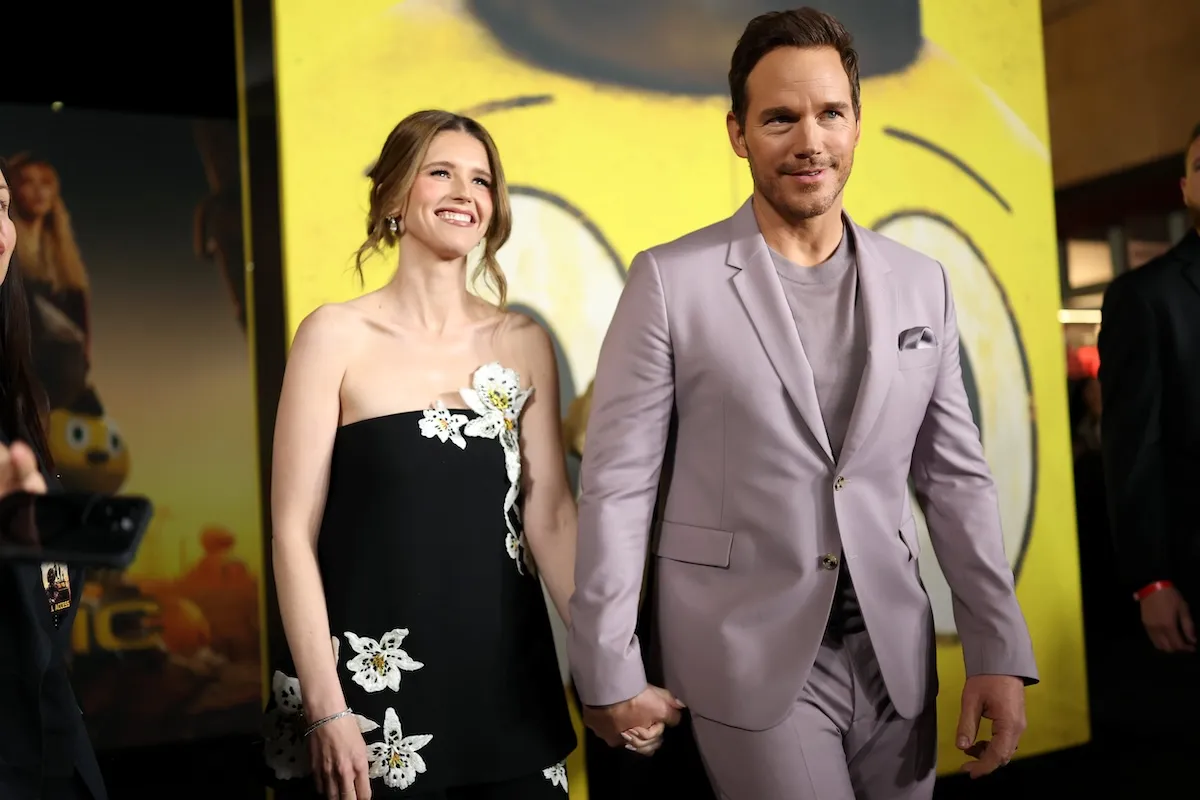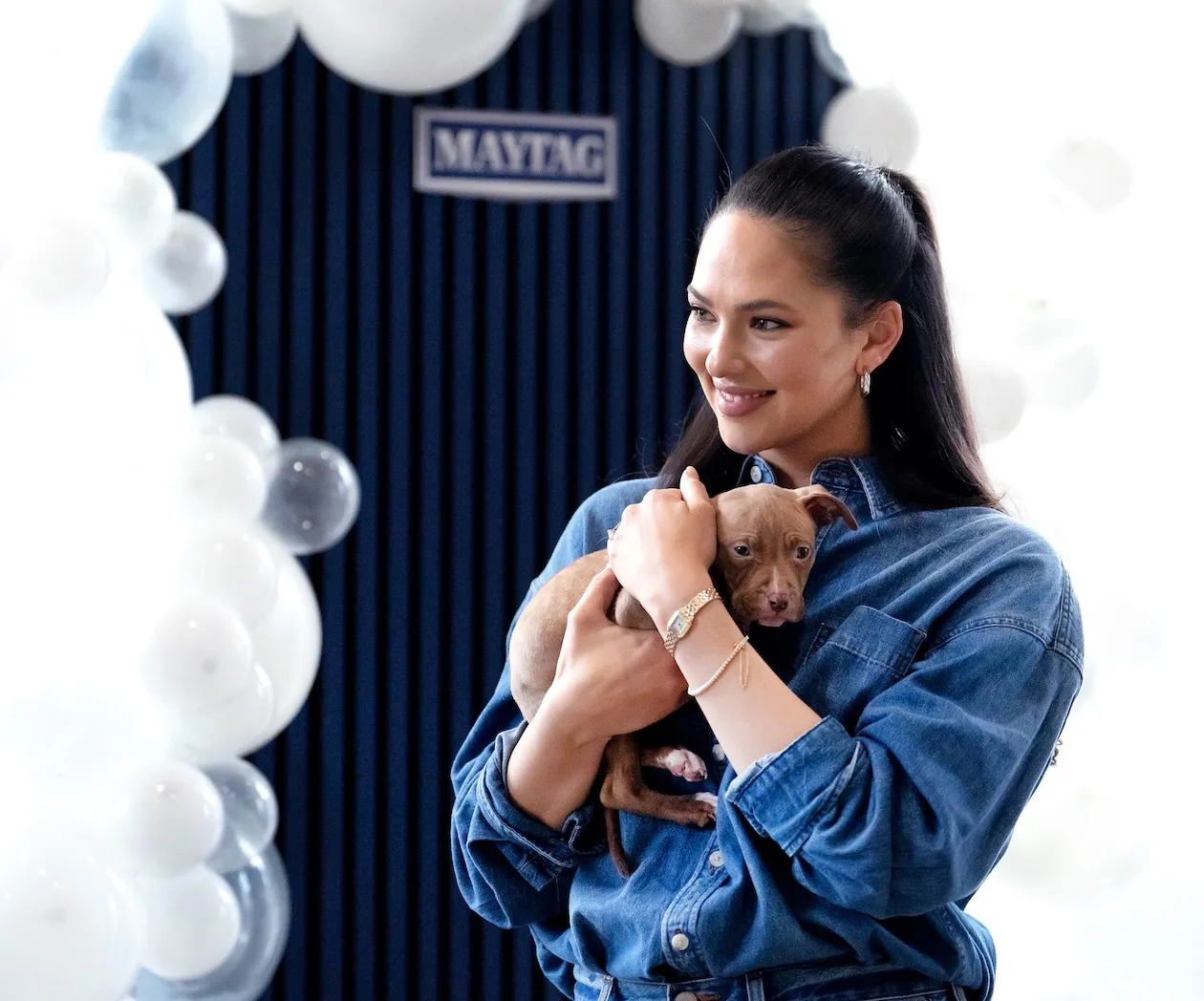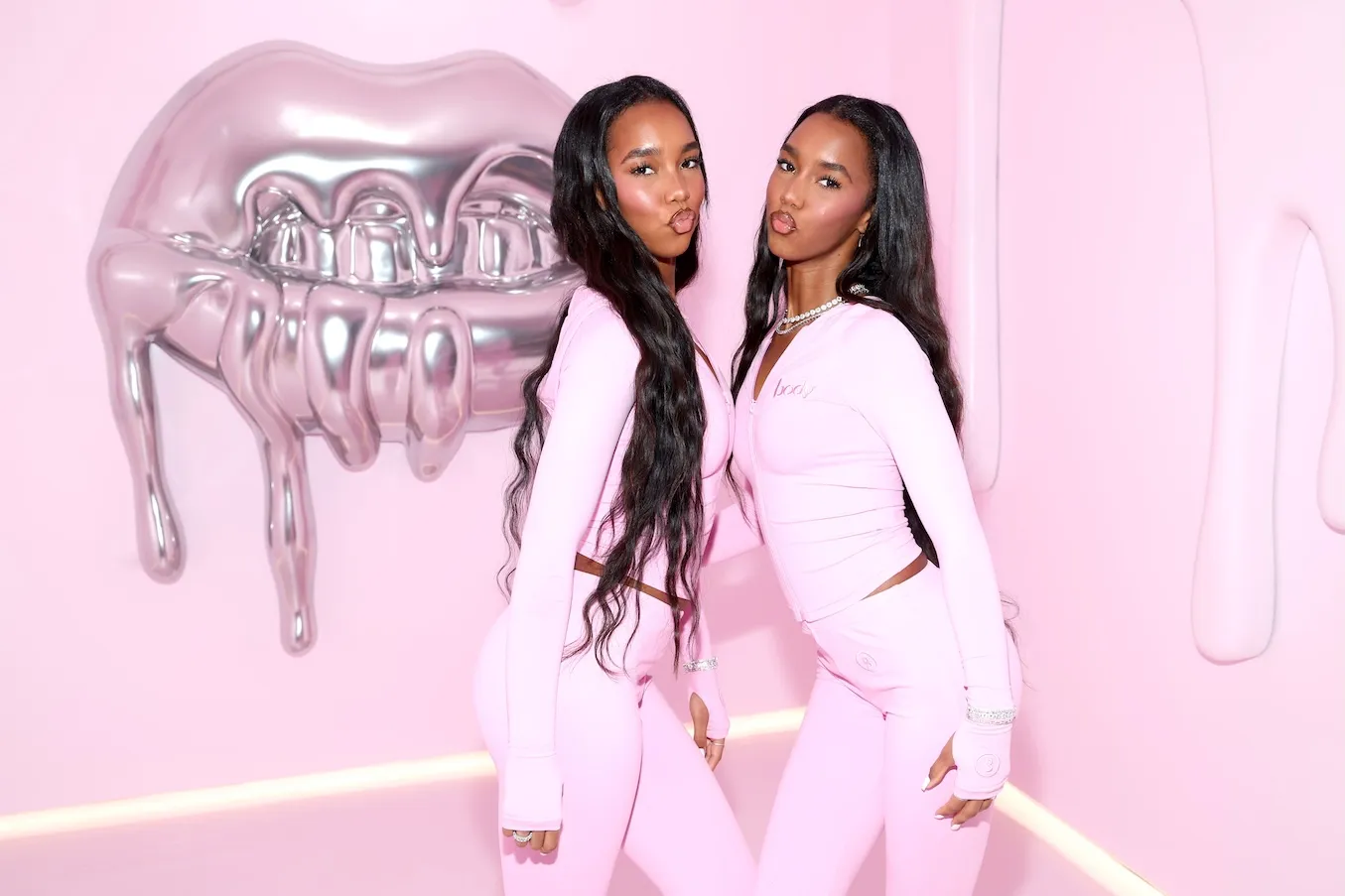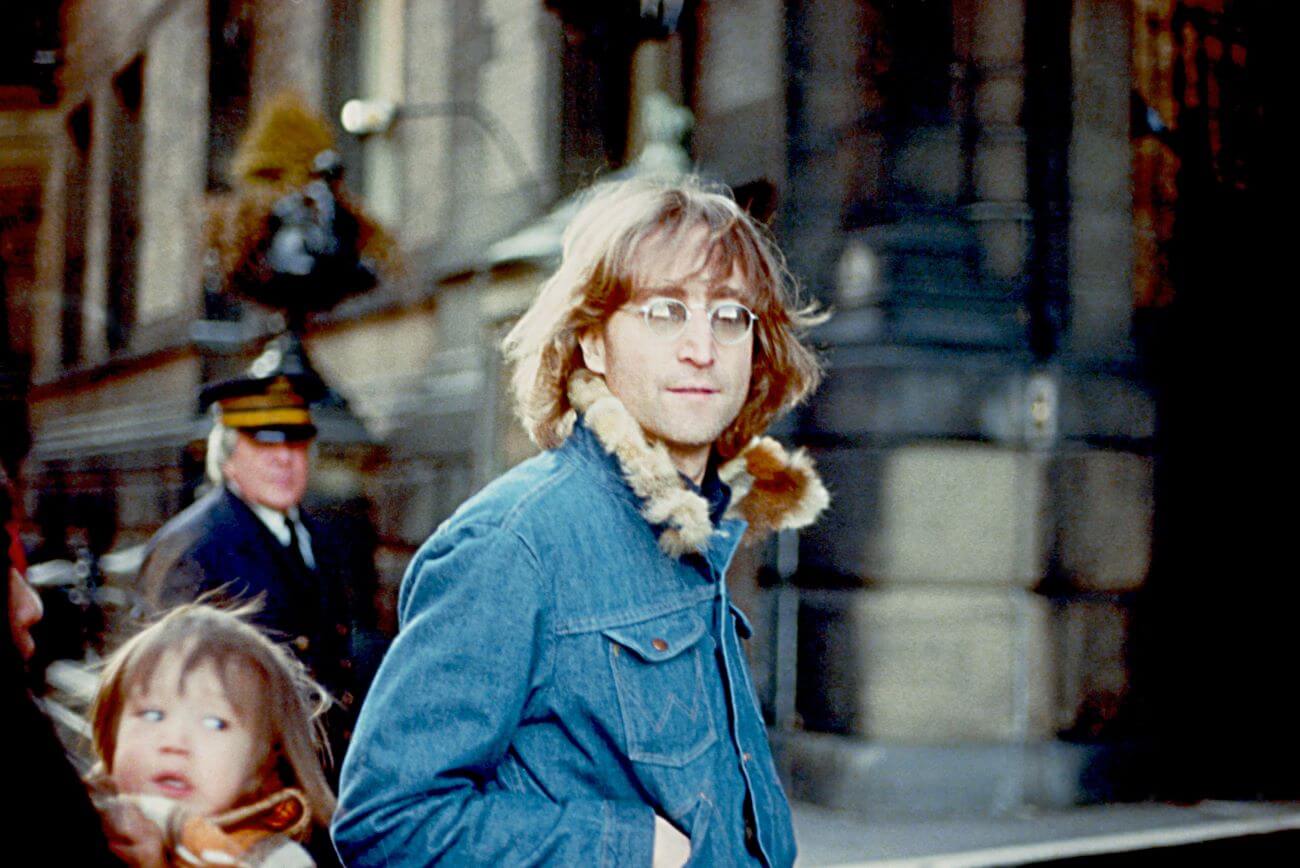
John Lennon’s Art Went on Trial for Indecency: ‘Toilet Walls Depict Work of Similar Merit’
In 1970, John Lennon found himself on trial for his art, and it had nothing to do with his work in The Beatles. He had created a series of lithographs that showed his wedding to Yoko Ono and the couple’s honeymoon. Police found many of these images indecent and confiscated them. Ultimately, this was one of the best things that could have happened to the art.

John Lennon’s artwork used himself and Yoko Ono as subjects
In 1969, Lennon left The Beatles and soon got to work diversifying his creative portfolio. He moved beyond music and created a series of 14 lithographs that depicted his relationship with Ono. The couple recently married and spent their honeymoon in a suite at the Amsterdam Hilton Hotel. Here, they hosted bed-ins for peace, during which they invited the press into their room where they spoke about world peace.
To commemorate their honeymoon, Lennon later created a 14-print series. Some of them were sexual in nature, which became a problem when they went on display in a gallery.
John Lennon’s art once became the center of a court case
The London Arts Gallery displayed the collection of Lennon’s lithographs, which he called “Bag One.” Gallery owner Eugene Schuster said Lennon wanted the prints on display “to encourage a more introspective commitment to content by today’s artists who can be so timid” (per The Guardian). Lennon himself described the art as “just a bit of fun.”
The police did not see it this way. They raided the gallery and confiscated eight of the drawings.
“Many toilet walls depict works of similar merit,” Detective Frederick Luff said. “It is perhaps charitable to suggest that they are the work of a sick mind.”
The case went to trial in 1970, and the prosecution brought forth witnesses who claimed to have been shocked by the art.
“I couldn’t believe what I was looking at,” Nansi Creer said, adding, “I went and looked at two or three more. I went to the other wall and suddenly felt I could not stay in the gallery any longer. I realized I was red with embarrassment. I deny that John Lennon or the organizer, have or had the right to shock me.”
Per the London Arts Group, the prosecution brought forth the case under the Metropolitan Police Act 1839 instead of the Obscene Publications Act. Because of this, the magistrate threw the case out on a technicality.
This ultimately benefited Lennon
The court case did ultimately benefit John Lennon and his art. Schuster believed that some of the drawings were bad.
“Personally I think some of the things are good, some of them not so good and some of them quite bad,” he said. “Nonetheless … Lennon is an artist and I want to encourage him to do more art.”
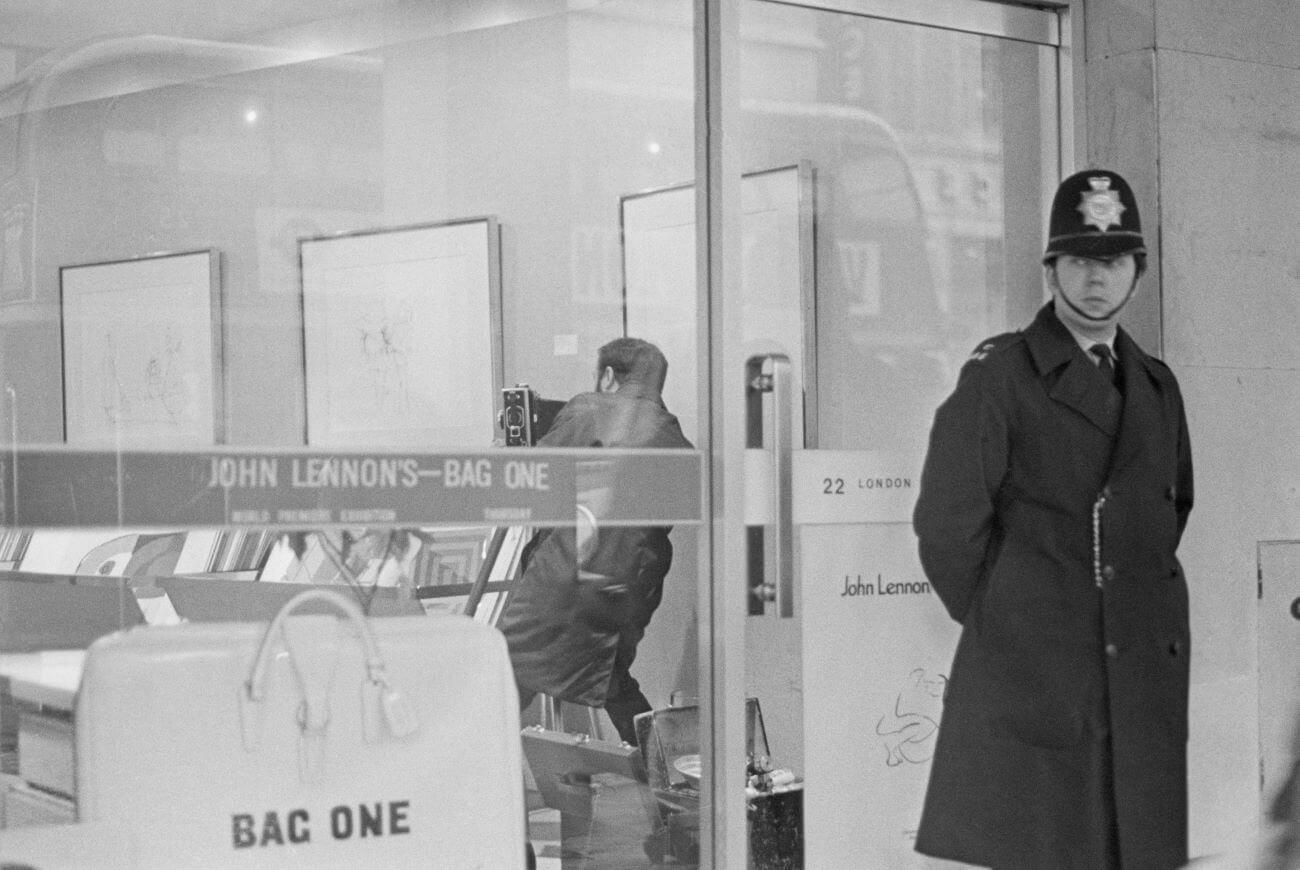
A highly public case about the lithographs brought attention to them that they may not have otherwise received. At the time, the prints sold for £40 each or £550 for the set. With all the publicity and the insinuation that his art was somehow dangerous, the public became more aware and interested in the prints.
Schuster fully expected to make back the money he spent on the case with the publicity. Despite Lennon’s level of fame, the prints may not have sold for that much given what Schuster once said about their quality. Today, the prints sell for thousands of dollars, proving that John Lennon’s original art eventually came out on top.
